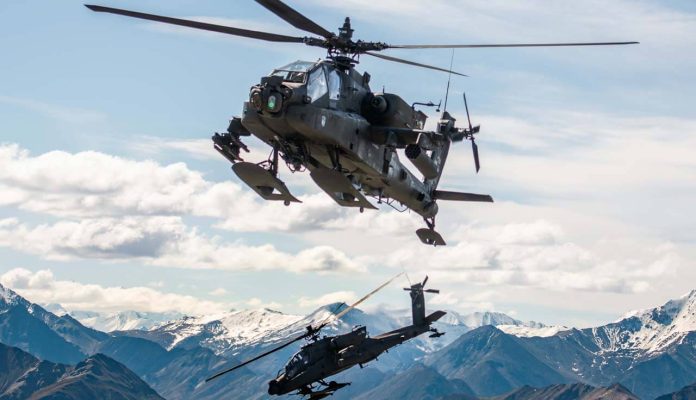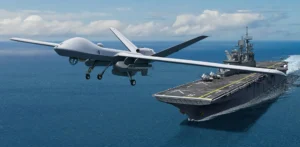
The Army is contemplating the gradual retirement of its ageing Cheetah and Chetak helicopters, commencing in 2027, and is contemplating the introduction of light utility helicopters as a viable substitute while simultaneously exploring the feasibility of leasing options. The Army Aviation Corps currently maintains an operational fleet of approximately 190 Chetak, Cheetah, and Cheetal helicopters. In light of the escalating global confrontations, the geopolitical landscape is experiencing dynamic shifts among world powers. To retain relevance in the contemporary international arena, a nation must meticulously prepare for a spectrum of contingencies. Recent years have provided invaluable experiential insights, and our battle-hardened armed forces have judiciously outlined the requisites dictated by the prevailing scenario, drawing upon the lessons of past engagements.
Air power stands as an imperative facet of a nation’s defensive capabilities, rendering it indispensable in repelling potential threats under any circumstances. This indispensability is not solely confined to fighter aircraft; helicopters hold equal prominence in modern warfare. They play a pivotal role in countering infiltrations and insurgencies, particularly in challenging terrain like forests. Additionally, helicopters are paramount for overseeing reconnaissance and surveillance activities. The existing fleet of Cheetah and Chetak helicopters has reached the culmination of its operational lifecycle. The emphasis is squarely on domestically produced LUHs, with any shortages to be addressed through leasing arrangements. Over the past decade, there has been a significant focus on the “Made in India” initiative, resulting in remarkable achievements, including the indigenous production of advanced light helicopters (ALH). A crucial development involves the establishment of an additional aviation brigade to augment the existing three brigades, amplifying the overall strength of the armed forces. The primary geographical focus is on the nation’s northern, eastern, and western borders, where helicopters are indispensable, offering logistical, emergency, backup, medical, and various other forms of support when the need arises.
India’s extensive borders adjoin two nuclear-armed nations, and skirmishes with these neighbouring powers occur periodically. The Indian army is stationed at some of the world’s highest military outposts, such as Siachen, guarding against potential threats from Pakistan. In Ladakh, the army keeps a vigilant watch on multiple fronts, particularly in the context of ongoing border disputes with China that extend beyond Ladakh to the north-eastern region. Complacency has no place, and the armed forces must remain in a perpetual state of readiness. Securing these borders demands the continuous modernization of equipment, armaments, and munitions. The decision to phase out ageing Chetak and Cheetah helicopters within 10-12 years allows ample time for the enhancement of existing Light Utility Helicopters (LUH) and the development of more advanced rotorcraft innovations.
In conjunction with the ongoing modernization efforts within the Indian Air Force, including the acquisition of advanced aircraft such as the Rafale and indigenous Light Combat Aircraft (LCA), the augmentation of India’s airpower capabilities is poised to experience a significant exponential upsurge. This augmentation is anticipated to confer a substantial and invaluable advantage over potential adversaries at any given juncture. The strategic emphasis on indigenous production, besides enhancing self-reliance, holds the potential to generate substantial cost savings. These cost savings can be reallocated into further research and development endeavours, fortifying India’s technological capabilities and bolstering its position in the ever-evolving realm of military aviation.
The Government has demonstrated its commitment by furnishing the requisite financial support and facilitating technical advancements through diligent research and development efforts and the promotion of indigenous capabilities. These objectives, although challenging, have been made attainable under the current administration’s stewardship. The forthcoming ALH iterations will also be equipped with missile systems, augmenting the capabilities of the Army Aviation. These collective endeavours are poised to bring about a transformative paradigm shift within the domain of military aviation, exemplifying the effectiveness of multifaceted strategies aimed at fortifying the armed forces.
Source link






